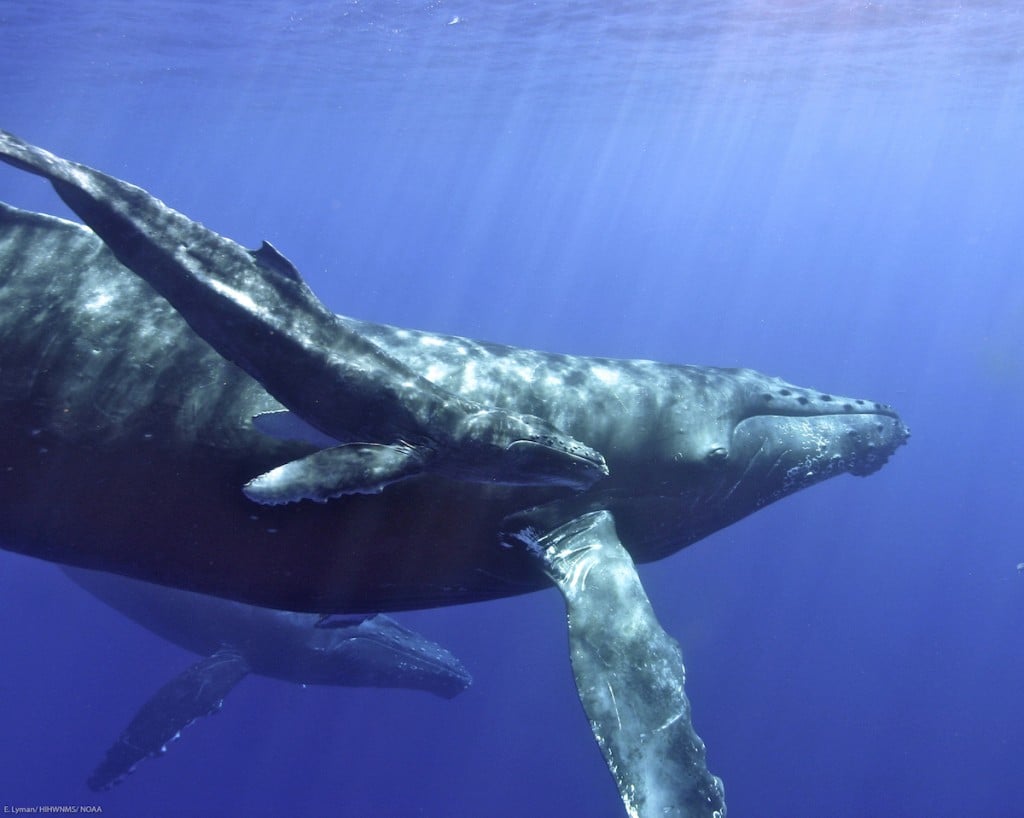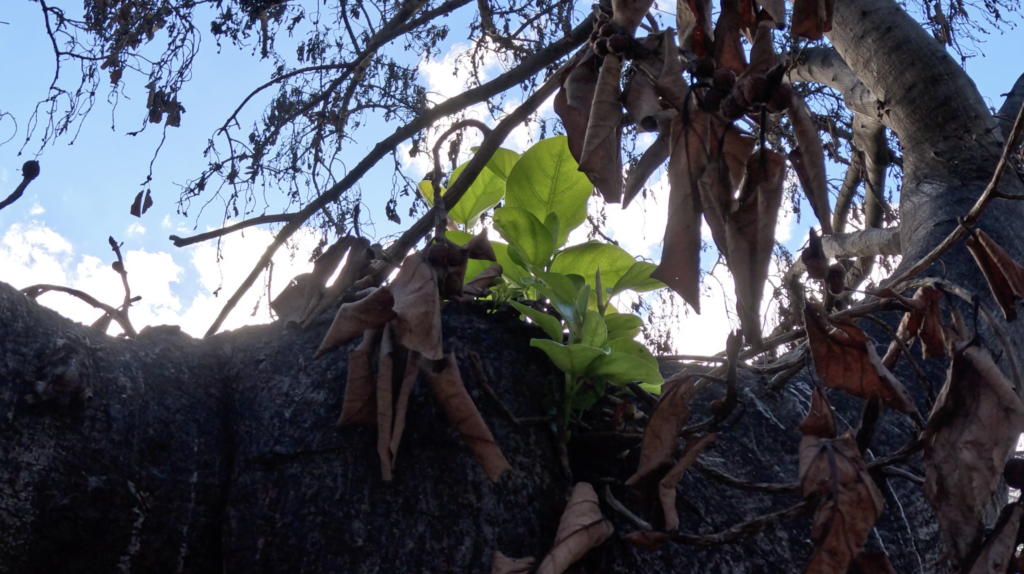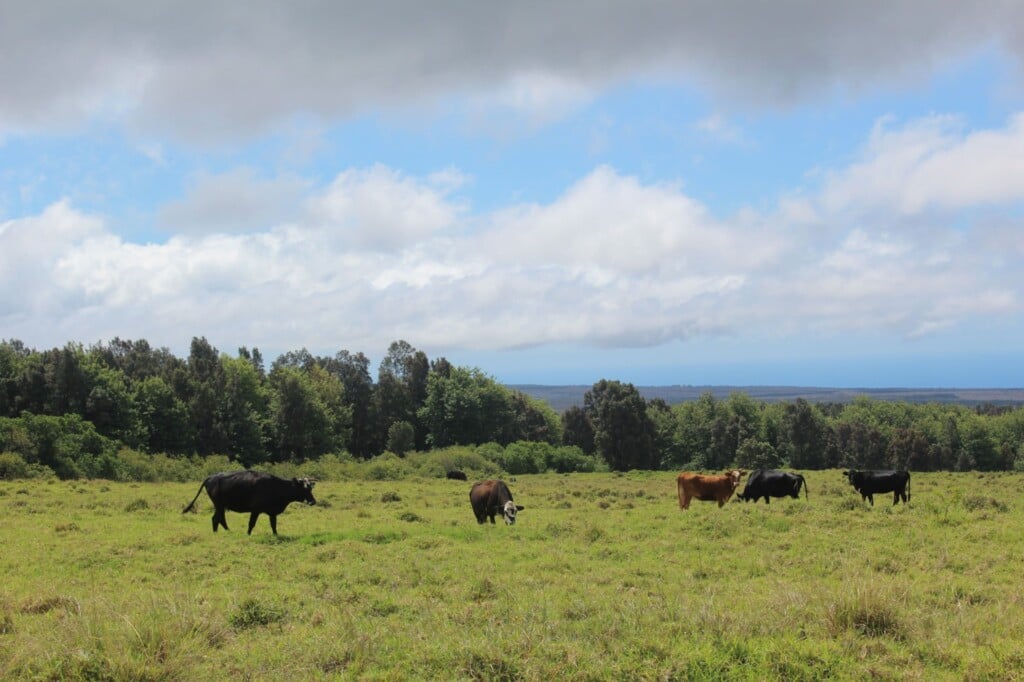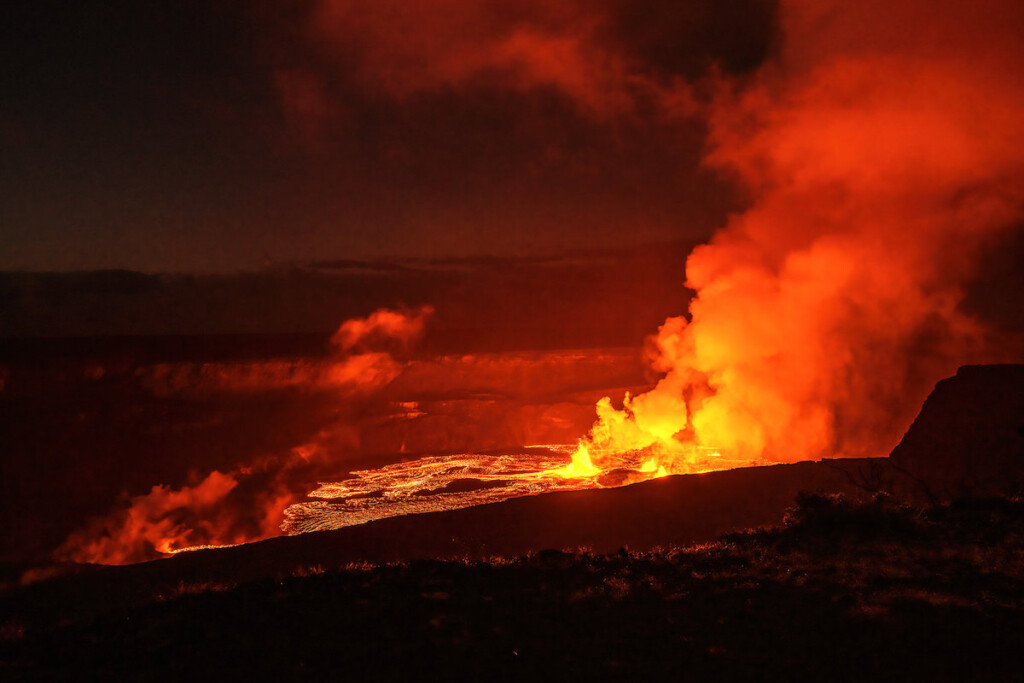Our Tips for Whale-Watching in Hawaiʻi
November is the start of whale-watching season in the Islands.

Every winter, from November through May, between 8,000 and 12,000 North Pacific humpback whales—or koholā in ʻōlelo Hawaiʻi—arrive in Hawaiʻi, completing a six-week voyage from Alaska to the shallow, warm waters surrounding the Islands.
And who can blame them?
The first koholā of the 2022-2023 season was already spotted in South Maui, slightly earlier than usual. Two men aboard a private boat off Kīhei capture footage of a 30-foot humpback whale breaching about a mile from shore on Sept. 14. Usually the first sightings are in early October.
These protected marine mammals return to Hawaiʻi to breed, birth and nurse calves—and if you’re here in the Islands, too, you can see these magnificent whales on boat tours or from the shoreline. Here are some tips:
Go During Peak Season
Humpback whales make the journey to Hawaiʻi from November to May, but the peak season is typically January through March. And during these months—right after the holiday travel rush—tend to have fewer visitors to the Islands, so flights and hotels may be cheaper and tours less crowded.
Maui is the Best Island for Whale-Watching
You can see humpback whales from any of the Hawaiian Islands, but Maui offers the best ways to view them. You can see whales from shore in Māʻalaea, Kāʻanapali, Kīhei and Wailea. You’ll need binoculars. You can also book a whale-watching tour—the Pacific Whale Foundation offers PacWhale Eco-Adventures led by certified marine naturalists with profits supporting the foundation’s research, education and conservation programs—which gets you closer to the world’s fifth-largest whale species. (Regulations prohibit boats from approaching within 100 yards of a whale and you should never swim with or touch whales or any other marine mammals.)
Check the Weather Before You Go Out on a Boat
Generally, earlier is better if you’re planning to head out on a boat tour. The mornings are calmer, afternoons are windier. It’s easier to spot whales and their spouting when the conditions on the water are mālie (calm, quiet). Rougher conditions may be challenging for those who are prone to seasickness, too.

A humpback whale slapping his tail.
Photo: Courtesy of Tail Slap: Ed Lyman/NOAA
Yes, You Can See Whales from Oʻahu
If you happen to be on Oʻahu this winter, don’t fret. You can see koholā on this island, too. You can book a whale-watching tour—most of which depart from either Waikīkī or Ko ʻOlina and run between two to three hours—or you can spot them from shore. The trail to the Makapuʻu Lighthouse is a great place to see these gentle giants, especially on days when the winds are light. Even the overlook fronting Lēʻahi (aka Diamond Head) is a popular viewing spot—without having to hike at all!
Be Prepared
Bring binoculars whether you’re planning to view from land or sea. And if you’re going on a boat tour, bring wind or rain protection—rain jacket or poncho—sunscreen and a hat that won’t fly off. You may want to consider a waterproof pouch for your phone, especially if you plan to use it to snap photos or videos. Or bring a waterproof camera like a GoPro.
Make It a Learning Moment
Seeing humpback whales IRL (in real life) is unforgettable—but it’s also a privilege. Hunted to the brink of extinction, the population of humpback whales may have been reduced to 10% of its original numbers before a hunting moratorium was introduced in 1966. The koholā are now listed as an endangered species. The biggest threats include ship strikes, entanglement from fishing gear and illegal hunting.
Hawaiian Islands Humpback Whale National Marine Sanctuary was designated in 1992 and is one of the world’s most important whale habitats. It’s the only place in the U.S. where humpback whales mate, calve, and nurse their young.
The whales also have cultural significance in Hawaiʻi.
Be respectful, follow the rules and enjoy the experience!


